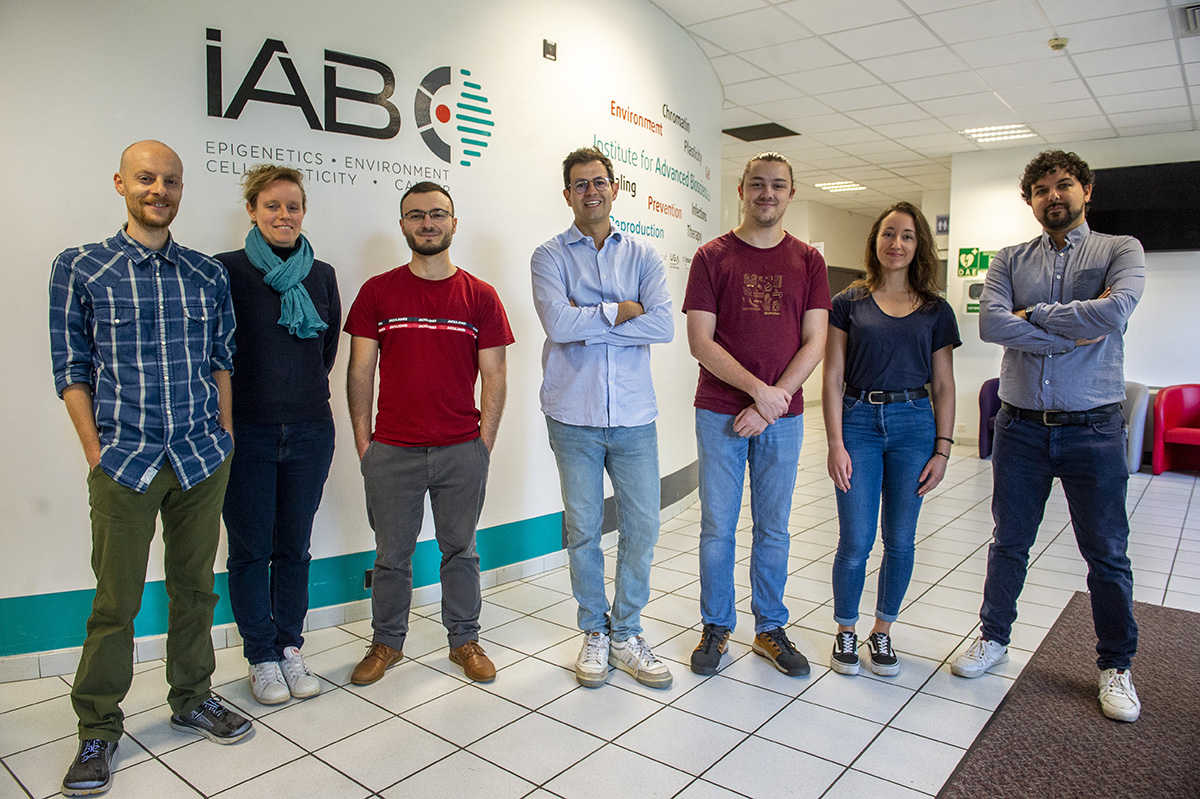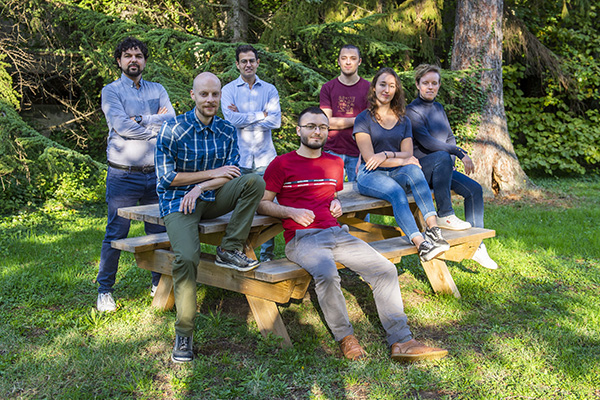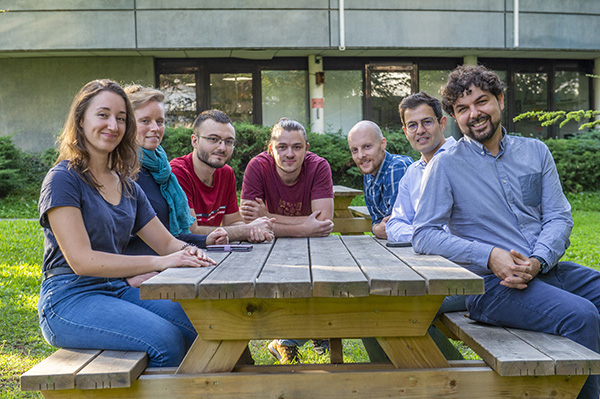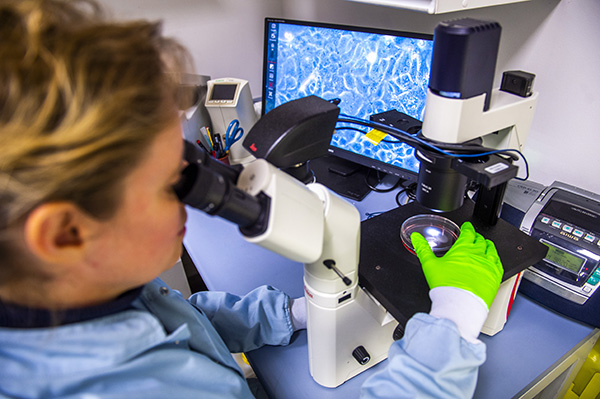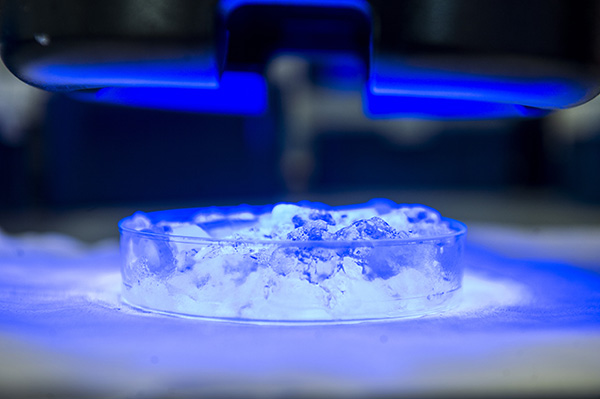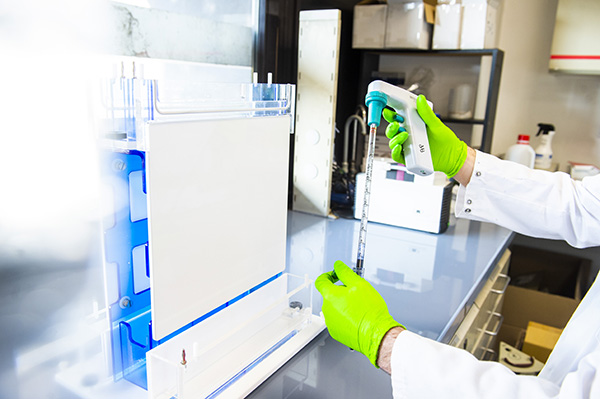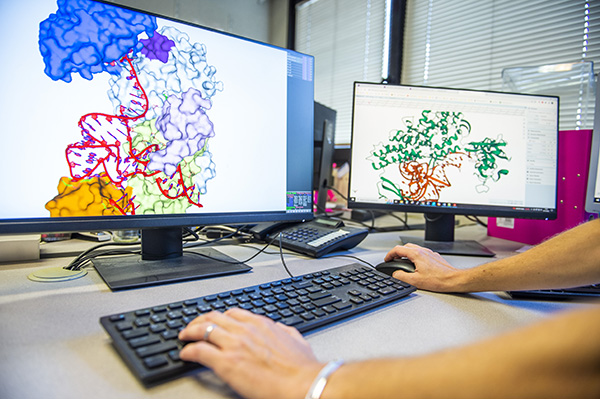Team
Structural Biology of Novel Targets in Human Diseases
Dpt: Signaling through Chromatin
Our research activities
Our Team uses an integrated structural biology and biophysical approach combined with AI-based predictions and functional studies to understand the inhibition mechanisms of novel protein and RNA targets involved in human diseases with the aim of developing novel therapeutics. In collaboration with teams in academia and industry, we are improving the potency and selectivity of inhibitors with biomedical applications.
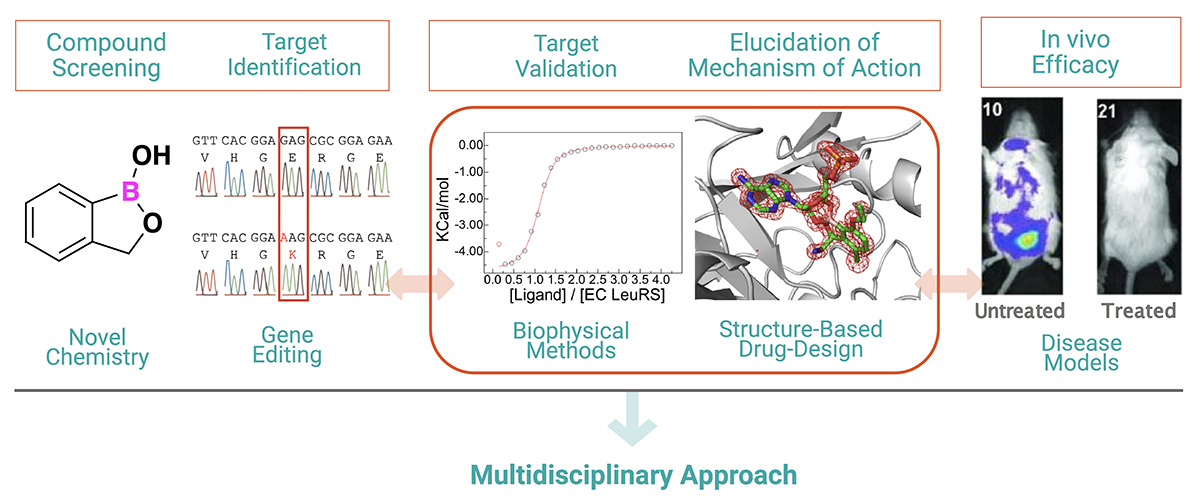
Our research axes
We are using an integrative structural biology approach to provide insights into biological systems by combining the structural snapshots provided by X-ray crystallography and Cryo-electron microscopy with the information on dynamics provided by solution NMR spectroscopy.
Learn more
These proteins are responsible for attaching the correct amino acid to the cognate tRNA (aminoacylation); and preventing mischarging of tRNAs to non-correct amino acids (editing). AARSs are interesting therapeutic targets as they are key for protein translation, and present differences between microbes and humans that we are exploiting for drug discovery.
Learn moreIn eukaryotes, 3’ pre-mRNA processing occurs via the concerted action of a large complexes that cleave the 3’-end of unmatured mRNAs before the addition (or not) of the poly-A tail and export to the cytoplasm for translation. As these processes are deregulated in human diseases, we investigate the targeting of key proteins for therapeutic applications, notably in cancer, but also in infectious diseases.
Learn moreTranscription by RNA polymerase III yields precursor tRNAs containing 3’ sequences (trailer) and 5’ sequences (leader) that need to be cleaved off. We investigate the molecular mechanisms leading to the maturation of eukaryotic 3’-end tRNAs, a process that is deregulated in several human diseases.
Learn moreOur major publications
See all publicationsOur activities in pictures
Our collaborations
- Malene Jensen, IBS, Grenoble, France
- Rolf Müller, Helmholtz Institute, Saarbrücken, Germany
- Paul Finn, Oxford Drug Design, Oxford, UK
- Vincent Cattoir, Inserm U1230, CHU Rennes, France
- Wojtek Galej, EMBL, Grenoble, France
- Josan Marquez, EMBL, Grenoble, France
Our technologies
- Integrative Structural Biology Approach
- Production of RNAs, and Proteins in Bacteria, Insect Cells, and Mammalian Systems
- Crystallization of Proteins, RNAs, and Inhibitors (small molecules, peptides …)
- X-ray Crystallography, Cryo-Electron Microscopy
- Biophysical Methods to Guide Drug Discovery and Hit Optimisation
- In Silico Approaches for the Identification of De Novo Inhibitors
